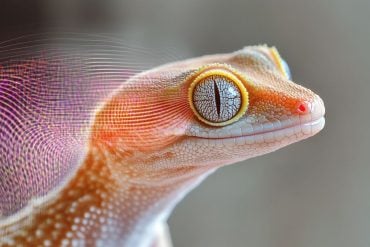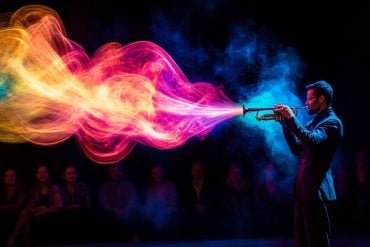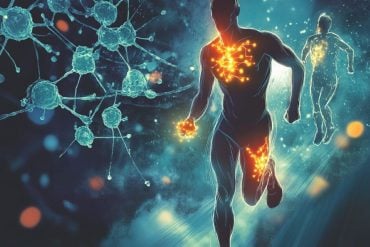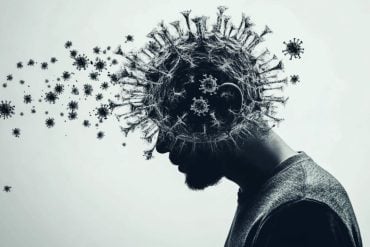Summary: Study supports the link between chilblains, or COVID-toes, and coronavirus infection. Researchers report endothelial damage induced by COVID-19 infection could be the key mechanism causing the lesions.
Source: Wiley
There’s considerable controversy over whether “COVID toes”–red sores or lesions on the feet and hands in children and young adults–are truly caused by COVID-19. A new study published in the British Journal of Dermatology provides evidence in support of the link.
In most cases, affected individuals test negative with traditional COVID-19 tests involving throat swabs and measurements of circulating antibodies, but this study’s investigators found that the SARS-CoV-2 virus that causes COVID-19 was present in skin biopsies in children with symptoms of COVID toes, despite negative results from traditional tests.
Analyses detected the virus in skin’s blood vessel endothelial cells, as well as in the sweat glands. Electron microscopy in one biopsy also found evidence of viral particles within endothelial cells.
“Our findings support a causal relation of SARS-CoV-2 with COVID toes. Endothelial damage induced by the virus could be the key mechanism causing these lesions,” said lead author Isabel Colmenero, MD, of Hospital Infantil Universitario Niño Jesús, in Spain. “Furthermore, vascular damage could also explain some clinical features seen in patients with severe COVID-19.”
About this neuroscience research article
Source:
Wiley
Media Contacts:
Penny Smith – Wiley
Image Source:
The image is in the public domain.
Original Research: Open access
“SARS‐CoV‐2 endothelial infection causes COVID‐19 chilblains: histopathological, immunohistochemical and ultraestructural study of 7 paediatric cases” by Isabel Colmenero et al. British Journal of Dermatology
Abstract
SARS‐CoV‐2 endothelial infection causes COVID‐19 chilblains: histopathological, immunohistochemical and ultraestructural study of 7 paediatric cases
Background
Chilblains (“COVID toes”) are being seen with increasing frequency in children and young adults during the COVID‐19 pandemic. Detailed histopathological descriptions of COVID‐19 chilblains have not been reported, and causality of SARS‐CoV‐2 has not been established yet.
Objective
To describe histopathological features of Covid‐19 chilblains and explore the presence of SARS‐CoV‐2 in the tissue.
Methods
We examined skin biopsies from 7 paediatric patients presenting with chilblains during the COVID‐19 pandemic. Immunohistochemistry for SARS‐CoV‐2 was performed in all cases and electron microscopy in one.
Results
Histopathology showed variable degrees of lymphocytic vasculitis ranging from endothelial swelling and endothelialitis to fibrinoid necrosis and thrombosis. Purpura, superficial and deep perivascular lymphocytic inflammation with perieccrine accentuation, oedema, and mild vacuolar interface damage were also seen. SARS‐CoV‐2 immunohistochemistry was positive in endothelial cells and epithelial cells of eccrine glands. Coronavirus particles were found in the cytoplasm of endothelial cells on electron microscopy.
Conclusions
Although the clinical and histopathological features were similar to other forms of chilblains, the presence of viral particles in the endothelium and the histological evidence of vascular damage, support a causal relation of the lesions with SARS‐CoV‐2. Endothelial damage induced by the virus could be the key mechanism in the pathogenesis of COVID‐19 chilblains and perhaps also in a group of patients severely affected by COVID‐19 presenting with features of microangiopathic damage.







